10 Facts About Corn You Never Knew You Needed
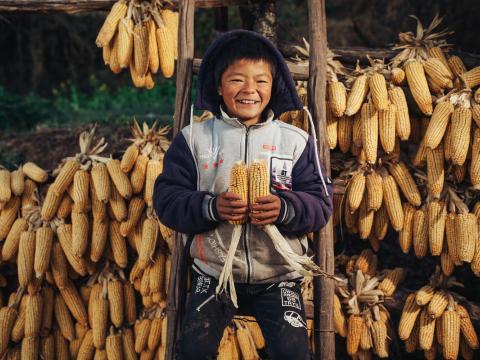
It’s juicy, versatile and popular in every corner of the planet – and even a TikTok favourite. It’s corn! Check out these 10 facts about the humble corn cob you never knew – including its connection to some of the biggest challenges the world faces today.
1) One plant, lots of names, thousands of feats
Corn and maize are actually the same grain. Maize is an agricultural crop – think long green stalks swaying in the wind. The food, once harvested, is corn – those juicy yellow cobs. In East Africa, maize porridge is known as ugali, nshima in Malawi and Zambia, sadza in Zimbabwe and in parts of Botswana, phaleche. In South Africa, it is often called pap. And its name isn’t the only multifaceted part of its personality – corn is considered a vegetable, a grain and also a fruit, all at once!
Corn originated in Mexico but it’s now popular everywhere, with more than 3,500 different uses from popcorn to soft drinks, fireworks to glue and paint, and plastics to penicillin. But for millions of people around the world, none of this is the main game – it’s corn in their dinner bowl that really matters.
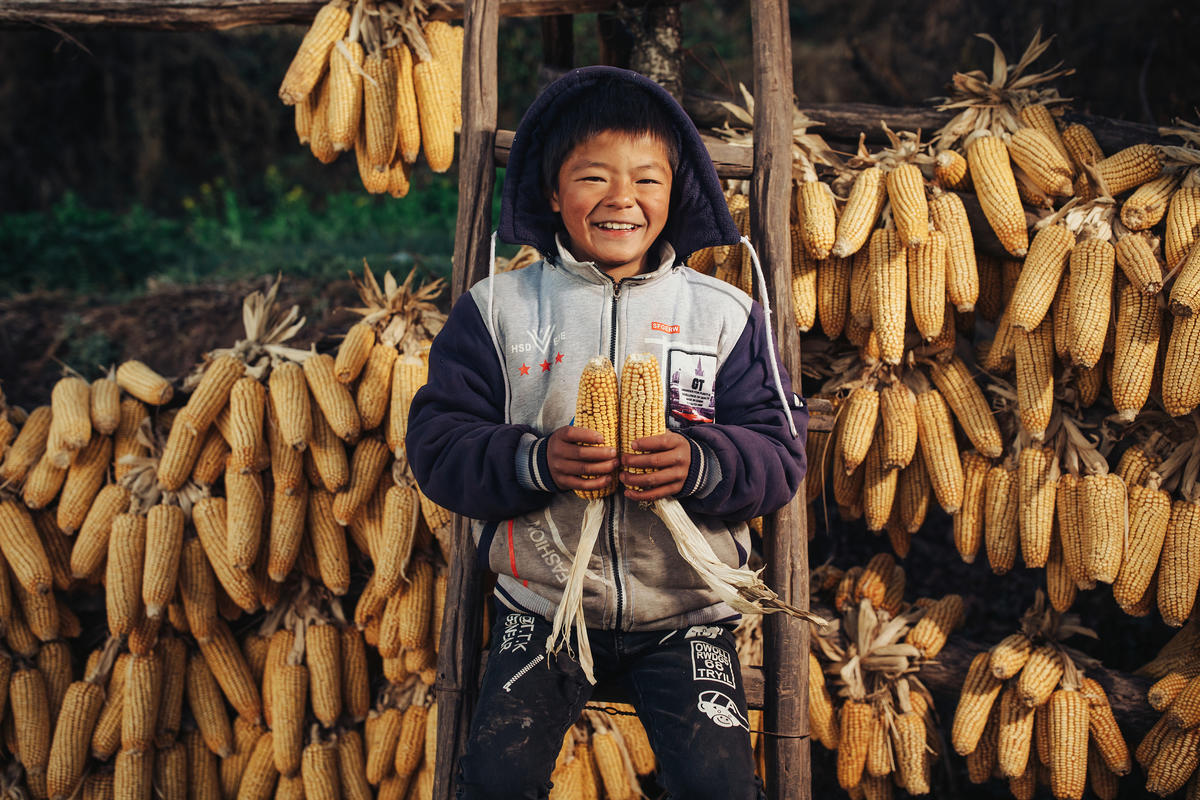
2) Maize feeds the world
Corn literally feeds the world. It plays a key role in food security globally – together, rice, wheat and corn make up almost two-thirds of the total food energy eaten by the entire world. In developing countries across Africa, Latin America and Asia, maize is a staple food for millions and accounts for 20 percent of the food calories consumed in parts of Sub-Saharan Africa. So maize is important – but that also makes it a risk. Millions of people rely on this single food source, making them vulnerable to seasonal and market changes in the corn market that are beyond their control.
3) Corn ticks a lot of nutrition boxes
Corn is a hunger-buster, packing more energy and carbohydrates into a serving than any other food. It is rich in fibre, vitamins and minerals. The plant compounds are even thought to lower the risk of eye diseases and protect against digestive problems and disease. As part of a balanced diet – and that part is important – corn is an energy powerhouse. But just as important for those who rely on it as a staple – corn is a cheap way to fill hungry stomachs. That makes it a very appealing option for families in developing countries with lots of mouths to feed.
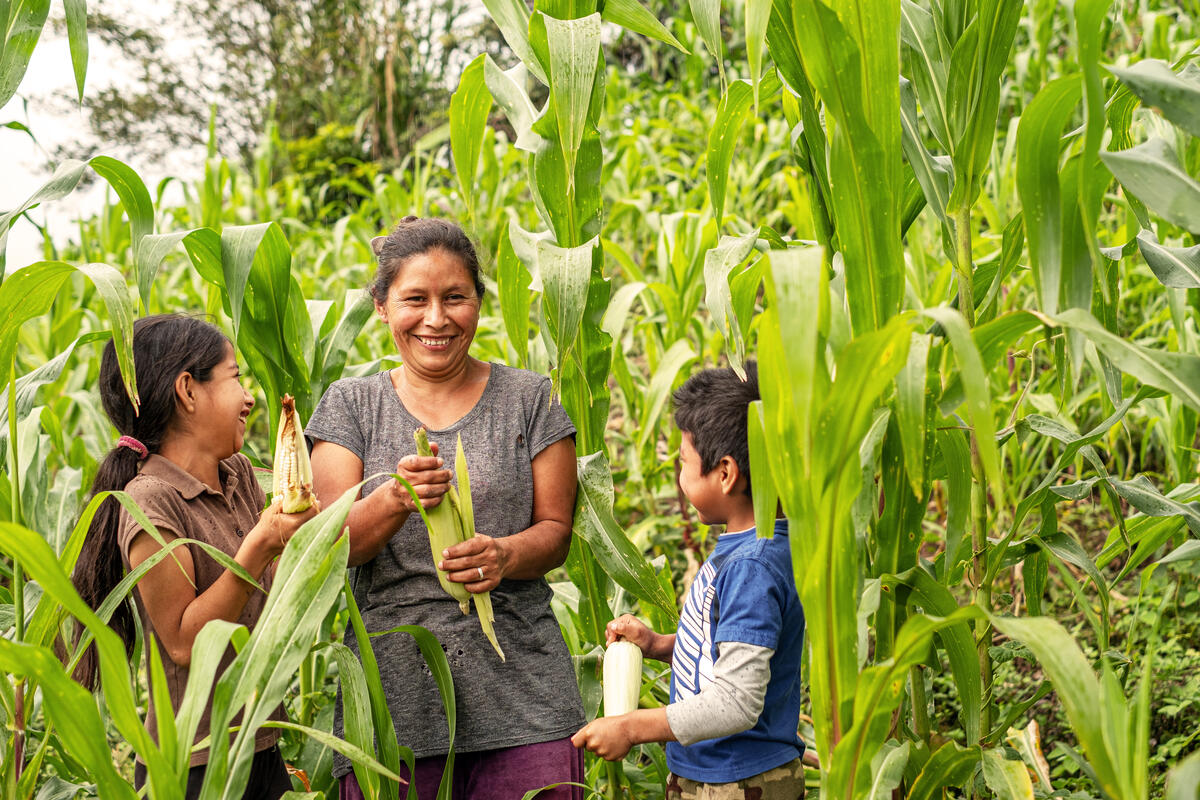
4) But corn alone isn’t enough
While it’s high in energy and other good things, maize alone can’t provide the nutrients a child needs for healthy development. The way it’s prepared sometimes downgrades its nutritional content and research shows it needs to be combined with legumes, vegetables, protein and other food types to be the centre of a healthy diet. Unfortunately, a balanced diet isn’t the reality that millions of kids in communities around the world battling poverty are growing up with.
5) Maize is hard on the soil
Corn production uses the most land area of any commercial food crop. As it grows, it depletes the soil of nitrogen and other essential nutrients, which makes it harder to grow healthy crops in the same field again. Simple techniques like composting and planting different crops (intercropping) at intervals can help reduce the impacts of corn farming on the environment and soil – but like a balanced diet, many people living in the communities that rely on corn often don’t know or use these techniques.
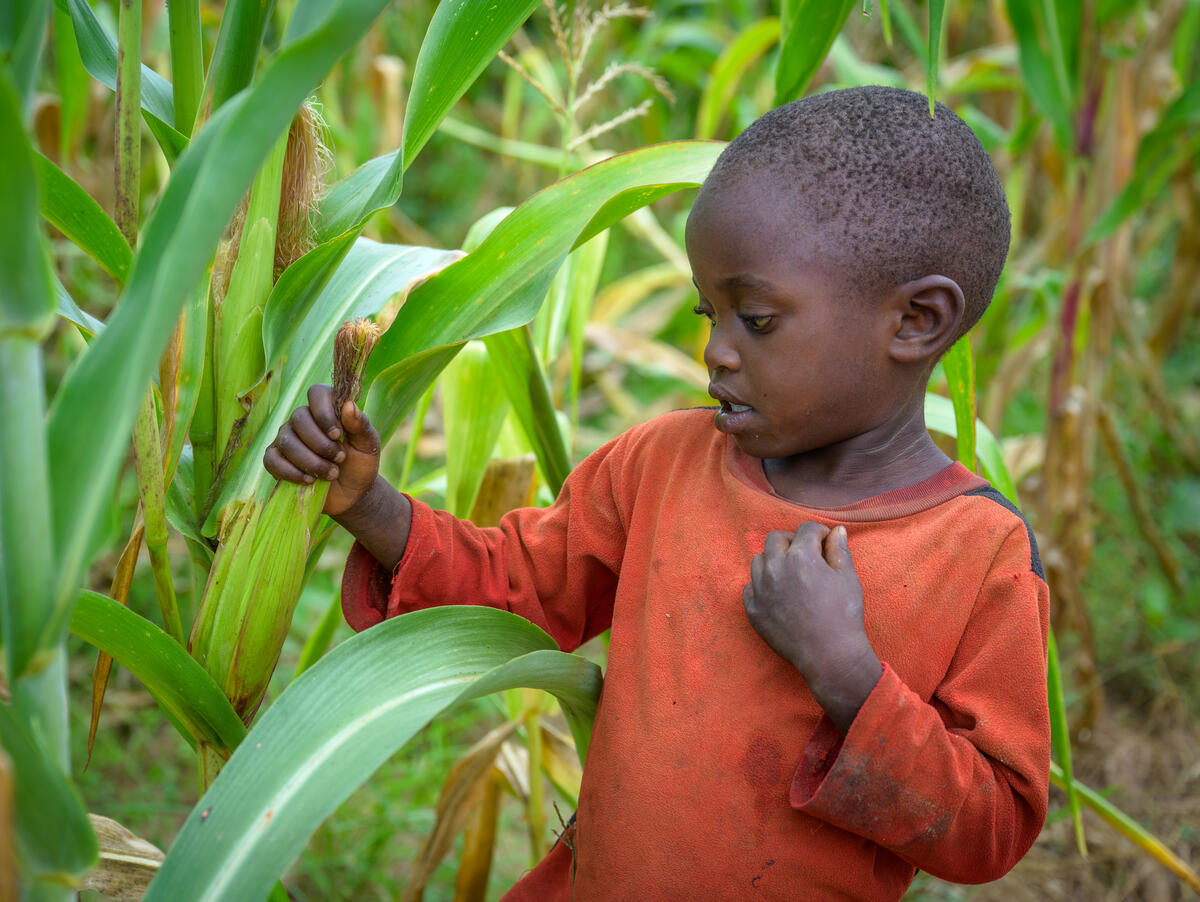
6) Farmers in lower-income countries grow two-thirds of the world’s maize
Maize is straightforward to source and grow, and it survives in many soil types. And maize’s popularity is only growing, particularly in lower-income countries – 67 percent of the world’s maize production now comes from the developing world. The livelihoods of millions of farmers hinge on maize crops. Many of these live from harvest to harvest, with little to no resources in reserve to cushion the peaks and troughs of their very variable income. This leaves these farmers increasingly vulnerable to the effects of changing weather patterns, local water shortages, global market forces, and a myriad of other risks.
7) Maize is a thirsty crop grown in an increasingly dry world
Maize needs lots of water, regularly to thrive. But most maize production in Sub-Saharan Africa and other corn-dependent places relies on rain, not irrigation. With droughts and storms becoming more frequent and longer lasting, and rainfall becoming less predictable, this is increasingly a problem for corn farmers and those who rely on them. Water scarcity is increasing in regions where it was once abundant, such as Central Africa, East Asia and parts of South America. And the situation is only getting tougher – a recent NASA study predicts that climate change will trigger a 20 percent drop in maize production levels in the next 10 years. The good news is that research also shows what we can do to help. Water retaining, sustainable farming techniques, irrigation and drought-resistant varieties can all have a huge impact on productivity.
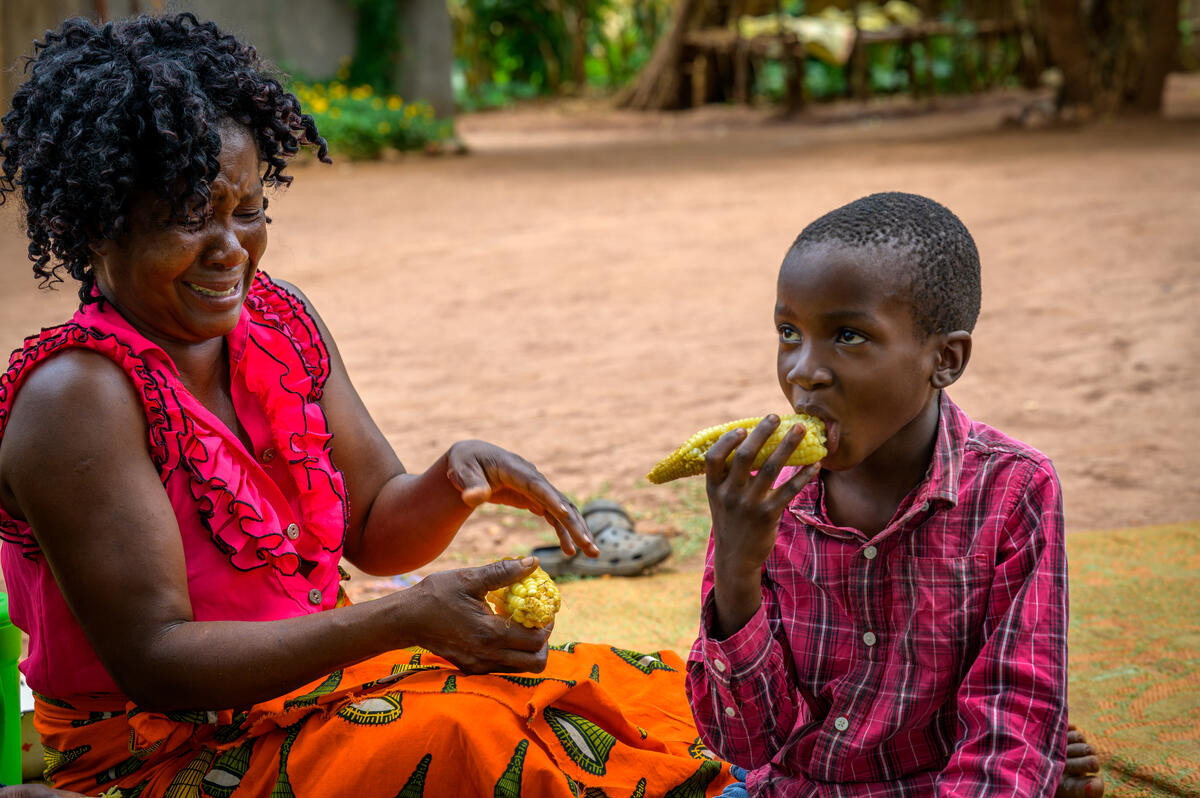
8) Biofuels throw another curveball
Corn isn’t just a tasty meal – it’s also increasingly used as an alternative to fossil fuels. It’s been hailed as a greener solution to the world’s growing problem with expensive and high carbon-emitting, oil-based fuels like gasoline, petroleum and diesel. But at the same time, there are also concerns that using crops like corn for biofuels can threaten food security in the developing world with competition for the same crops that drives up prices. One thing seems sure – it’s a dilemma that’s not going to go away. The International Energy Agency predicts that demand for biofuel will increase by 20 percent or more by 2027.
9) Demand for maize in the developing world is set to double by 2050
At the same time as maize production hits some formidable barriers, demand is predicted to skyrocket for use in animal feed, food and industry as the world’s population, meat consumption and manufacturing and transport sectors grow. Most of this demand is expected to come from lower-income countries, which will need to produce most of it themselves, with importing from other places not an option. It means that increasing local productivity and disaster resilience will be more important than ever as we head into the future.
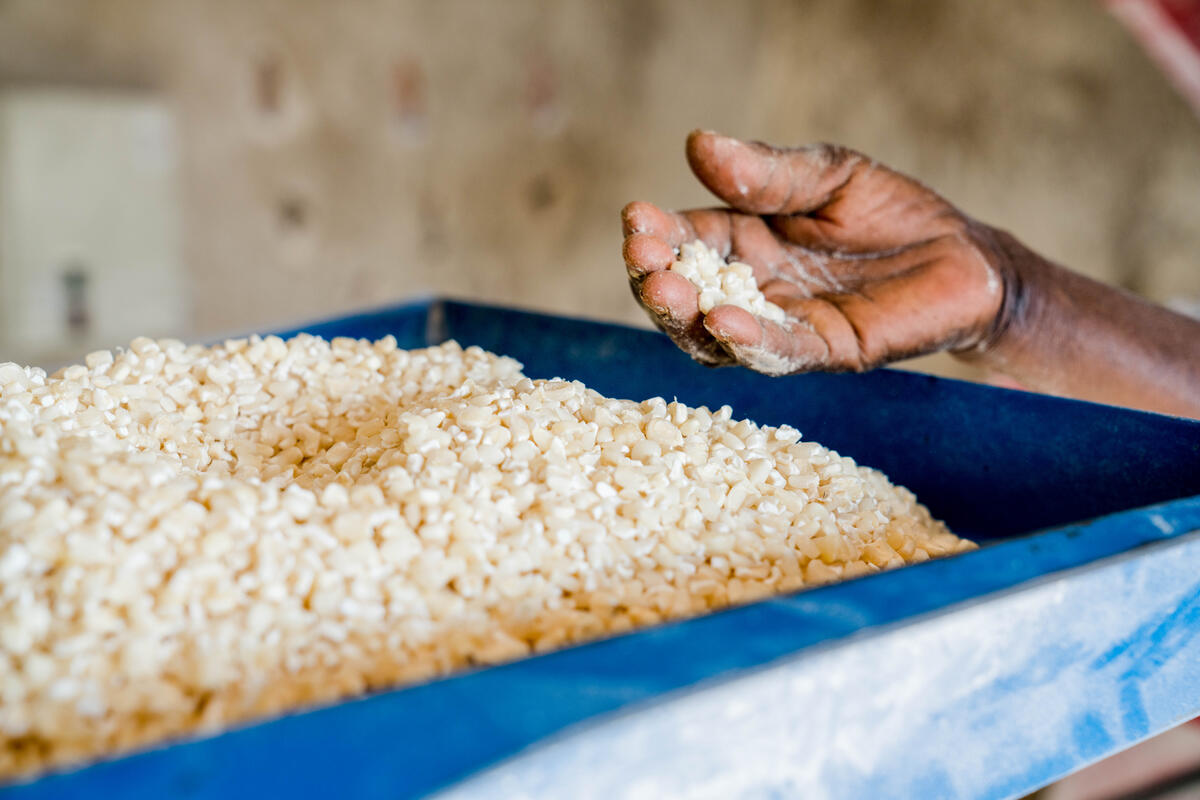
10) Sponsoring a child helps tackle the biggest corn-related challenges
The challenges facing corn production run much deeper than the crop itself and the farmers who grow it. Issues of nutrition, food insecurity, water scarcity and environmental degradation have seismic impacts on the lives and futures of children and whole communities in the world’s most vulnerable places. That’s why child sponsors are partnering with kids and communities around the world today, to help them strengthen agricultural production, food security, and economic resilience to cope with whatever tomorrow holds.
Child sponsorship provides seeds, education and training that enable communities to use sustainable, climate-smart agricultural techniques like using compost to retain soil moisture and planting a variety of crops that are fast-growing, drought-resistant and nutritious. To maximise the benefits of the increased production, local staff work with farmers to learn new money management skills, teach families about good nutrition, and just as importantly, help people to share their experience and knowledge with others – and that’s why for every child who is sponsored, four more benefit.
Sponsoring a child empowers them and their whole community to break free from the cycle of poverty, for good.
Find out more.